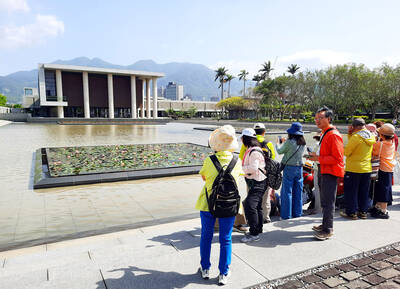It’s a bird! It’s a plane! It’s Dr Evil’s Frisch’s Big Boy rocket ship!
No, it’s only Astro Boy, another Japanese anime hero with fans in high enough Hollywood places to get an Americanized movie version made. Didn’t they learn anything from Speed Racer? Well, maybe that it’s wiser to animate cartoons rather than turn flesh and blood actors into them.
Astro Boy is the holy grail of anime, created by Osamu Tezuka in the 1950s as a manga comic book then turned into a 1960s TV series, inventing the Japanese animation genre. I know that only because I looked it up on Wikipedia, which isn’t entirely reliable, but anime cultists won’t stand for misinformation. Such obsessives are the best audience for Astro Boy while masses already gorged on better ’toons this year shrug it off.
The setup is a high-tech reverse take on Pinocchio, with a precocious boy named Toby (voice of Freddie Highmore) dying in a laboratory accident and then being reincarnated as a robot by his scientist father (Nicolas Cage). Although uploaded with Toby’s memories and personality plus weaponry, Dad rejects the replacement.
Astro Boy, as he’s called, becomes a wanted robot, hunted by a hawkish president (Donald Sutherland) for use as a weapon of mass destruction. Any resemblance to a former US president isn’t coincidental, along with the fact that robot power sources are either blue (good guys) or red (bad guys), like states on election day. Political allegory is a staple of anime but seldom so heavy-handed.
Astro Boy escapes from floating Metro City to Earth below, a wasteland of refuse that WALL-E couldn’t clean up. Earth is where only the poorest humans live, including a juvenile gang scavenging parts for Hamegg (Nathan Lane) to assemble and sell as rock ’em, sock ’em robots. Eventually all of these issues converge in an admittedly spectacular climax. Getting there is the rub.
Director and co-writer David Bowers (Flushed Away) lovingly crafts a kinetic tribute to Tezuka’s source material, filled with whooshing action and finely detailed backgrounds. But even though this is Astro Boy’s screen debut, each character and situation seems familiar from other movies, as if The Iron Giant, Monsters vs Aliens and Robots already bled Tezuka’s legacy dry.

When the South Vietnamese capital of Saigon fell to the North Vietnamese forces 50 years ago this week, it prompted a mass exodus of some 2 million people — hundreds of thousands fleeing perilously on small boats across open water to escape the communist regime. Many ultimately settled in Southern California’s Orange County in an area now known as “Little Saigon,” not far from Marine Corps Base Camp Pendleton, where the first refugees were airlifted upon reaching the US. The diaspora now also has significant populations in Virginia, Texas and Washington state, as well as in countries including France and Australia.

On April 17, Chinese Nationalist Party (KMT) Chairman Eric Chu (朱立倫) launched a bold campaign to revive and revitalize the KMT base by calling for an impromptu rally at the Taipei prosecutor’s offices to protest recent arrests of KMT recall campaigners over allegations of forgery and fraud involving signatures of dead voters. The protest had no time to apply for permits and was illegal, but that played into the sense of opposition grievance at alleged weaponization of the judiciary by the Democratic Progressive Party (DPP) to “annihilate” the opposition parties. Blamed for faltering recall campaigns and faced with a KMT chair

Article 2 of the Additional Articles of the Constitution of the Republic of China (中華民國憲法增修條文) stipulates that upon a vote of no confidence in the premier, the president can dissolve the legislature within 10 days. If the legislature is dissolved, a new legislative election must be held within 60 days, and the legislators’ terms will then be reckoned from that election. Two weeks ago Taipei Mayor Chiang Wan-an (蔣萬安) of the Chinese Nationalist Party (KMT) proposed that the legislature hold a vote of no confidence in the premier and dare the president to dissolve the legislature. The legislature is currently controlled

Dull functional structures dominate Taiwan’s cityscapes. But that’s slowly changing, thanks to talented architects and patrons with deep pockets. Since the start of the 21st century, the country has gained several alluring landmark buildings, including the two described below. NUNG CHAN MONASTERY Dharma Drum Mountain (法鼓山, DDM) is one of Taiwan’s most prominent religious organizations. Under the leadership of Buddhist Master Sheng Yen (聖嚴), who died in 2009, it developed into an international Buddhist foundation active in the spiritual, cultural and educational spheres. Since 2005, DDM’s principal base has been its sprawling hillside complex in New Taipei City’s Jinshan District (金山). But